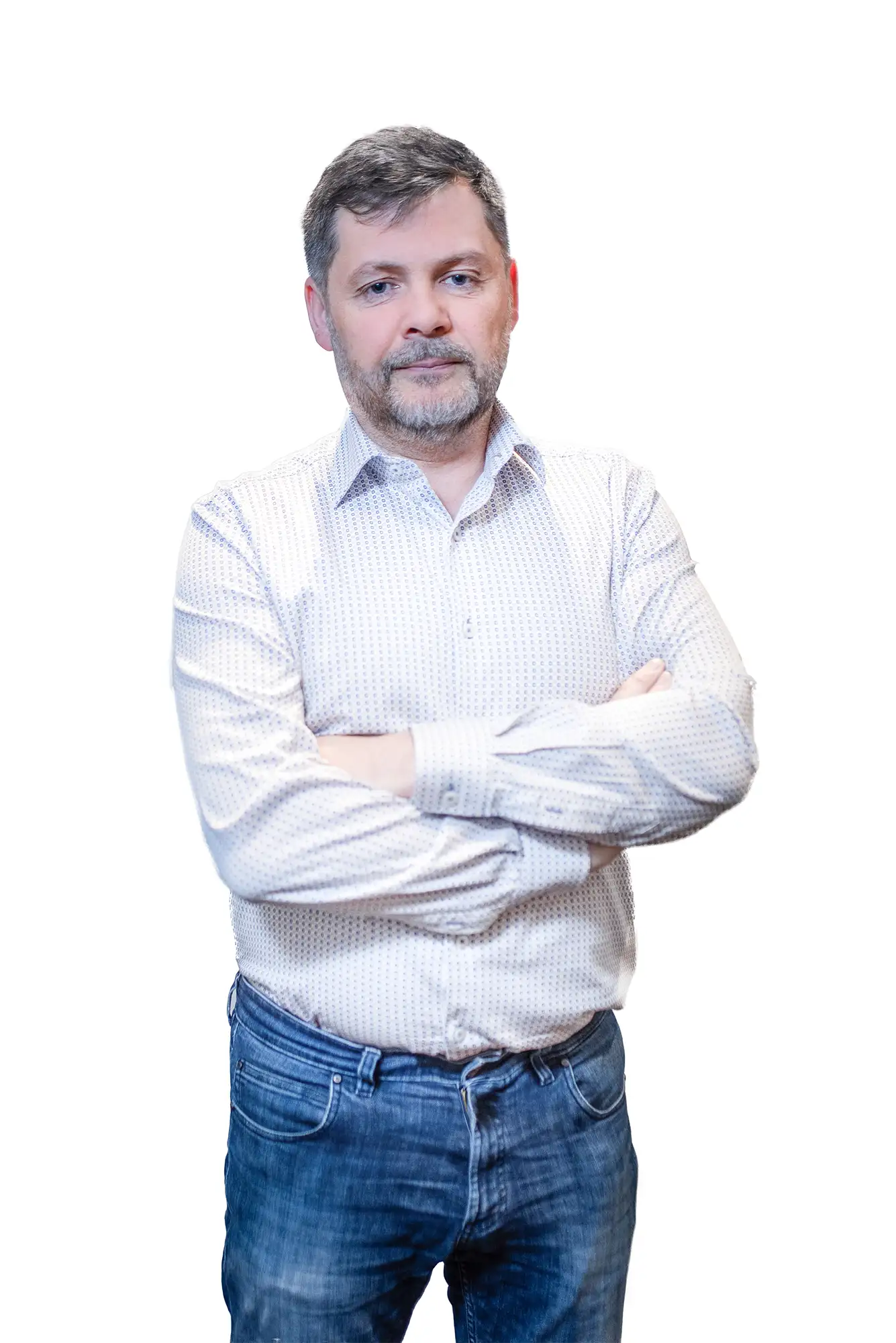Ukończył studia medyczne na Oddziale Stomatologii Śląskiej Akademii Medycznej w Zabrzu. Następnie odbył staż zawodowy w Katedrze i Zakładzie Protetyki wspomnianej akademii medycznej (1999–2003). Po jego ukończeniu pracował jako asystent Katedry i Zakładu Dysfunkcji Narządu Żucia ŚLAM.
W 2002 roku uzyskał tytuł doktora nauk medycznych.
Zajmuje się diagnostyką i leczeniem dysfunkcji układu ruchowego narządu życia, czego efektem było klika publikacji naukowych. Należy do Polskiego Towarzystwa Dysfunkcji Narządu Żucia.
W 2004 roku ukończył pierwszą w Polsce edycję Curriculum Implantologicznego Polskiego Stowarzyszenia Implantologicznego a następnie uzyskał status Fellow.
W 2007 roku uzyskał tytuł Ekspert in Oral Implantology przyznany przez największą na świecie organizację implantologiczną – DGOI. Diplomate in Oral Implantology ICOI (International Congress of Oral Implantologists).
W 2009 roku ukończył z powodzeniem prestiżowe szkolenie implantologiczne na Uniwersytecie J.W Goethe we Frankfurcie nad Menem. Następnie podjął studia podyplomowe na tymże Uniwersytecie, których tematem było leczenie z zastosowaniem implantów zębowych.
Studia te ukończył w 2012 broniąc pracę dyplomową z zakresu implantologii na tymże uniwersytecie, uzyskując tytuł Master of Science in Oral Implantology. ( M.Sc.)


